|
A good bit of the screen-time in Episode 6 of "Masters of the Air" is spent with Rosie Rosenthal and his crew at a "flak house" in southern England. Like the hero in my novel "Courage to be Counted" (Jack Nielsen), Captain Rosenthal is not at all happy about being taken out of action. He too doesn't recognize how much he needs a psychological and physical respite from the horrors of war. Owners of large country estates in Britain offered their properties to serve as rest-and-recuperation homes, dubbed "flak houses" by the airmen. While the estate staff (cooks, laundry, grounds maintenance) were British, Red Cross Girls were in charge of creating and running the daily recreation opportunities. The women we saw riding bicycles with a group of men as Rosie and his crew arrived at Coombe House were likely American Red Cross Girls -- at the flak houses they frequently wore civilian attire as the goal was to help the men put the war out of their mind. 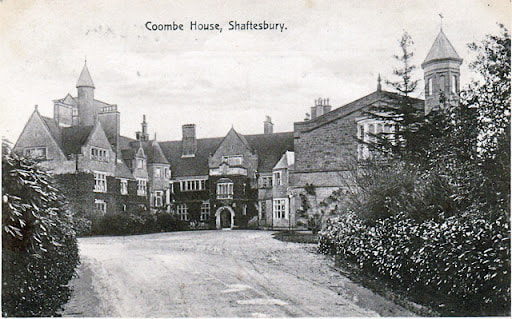 The real Coombe House is located on a 50-acre estate at Shaftesbury in the Dorset countryside. It was a hotel when it was converted to USAAF Station 523 and open as a recuperation facility for USAAF officers in September 1943. In late 1945, it converted to a Catholic independent day and boarding school for girls, St. Mary's School, and operated as such until it closed due to financial difficulties in June 2020. 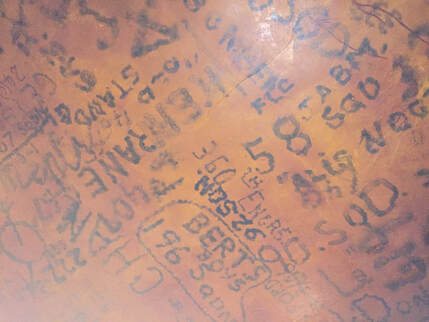 In his chronicle "Flak Houses Then and Now: The Story of American Rest Homes in England during WWII," Edward Hohman notes that fliers who spent time at Coombe House recall the bar was situated below the grand ballroom and that the men wrote their names and bomb group number on the walls and ceiling. Unfortunately, unlike The Eagle, a historic bar in Cambridge which still sports similar grafitti as pictured here (photo from own visit to The Eagle as part of the National WW2 Museum's "Masters of the Air" tour led by Dr. Miller), the room was redecorated at some point during its time as a girls school. Hohman also notes that Coombe House was one of the flak houses where 8th Air Force psychiatric consultants studied the results of the flak house program.
0 Comments
Episode 5 of "Masters of the Air" gives us only a quick glimpse of the Red Cross Girls serving doughnuts to the men as they head out to the flight line. So I've decided to use this space this week to expand a bit more on the history of the clubmobiles. The GMC truck models pictured above were first introduced in North Africa and would become the primary Clubmobile used in continental Europe following the D-Day landings in summer 1944. This model was suited to rougher terrain than the Green Liner bus model used in the UK. 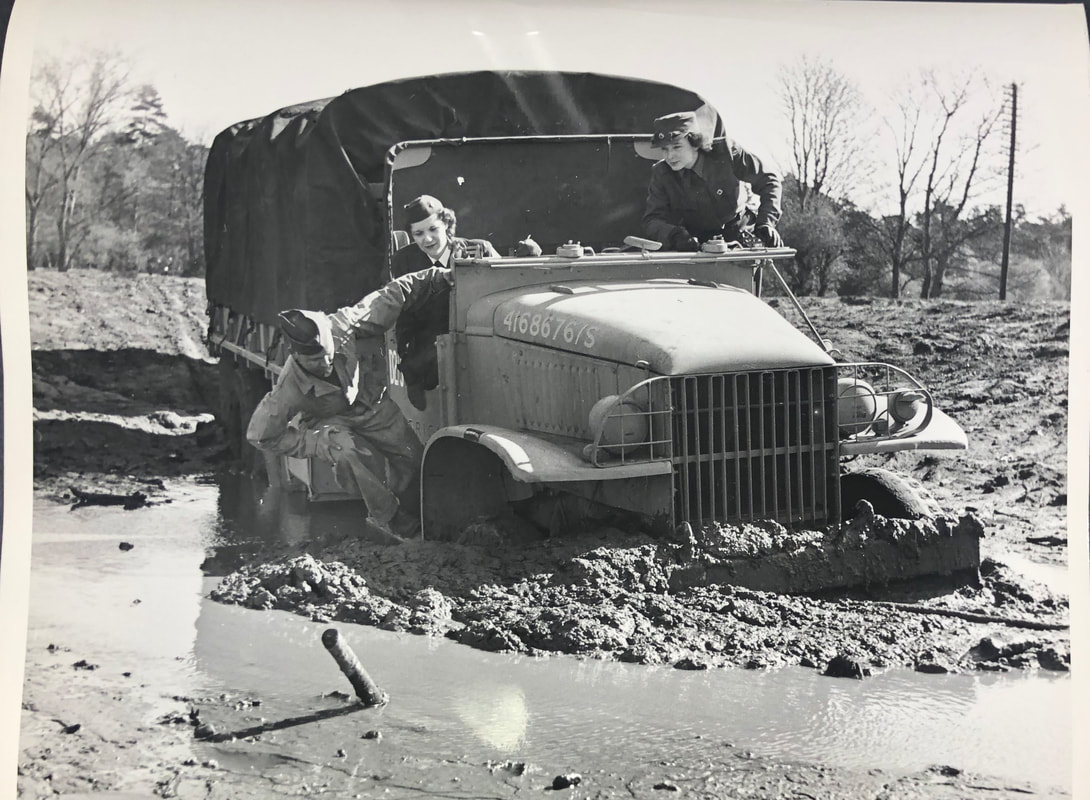 Red Cross Girls assigned to Clubmobile groups slated to follow the invasion forces in summer 1944 receiving training on how to extricate the Clubmobile from a mud-filled shell crater outside London. Photo credit: Margaret Zaines, Red Cross Correspondent (US National Archives) Red Cross Girls assigned to Clubmobile groups slated to follow the invasion forces in summer 1944 receiving training on how to extricate the Clubmobile from a mud-filled shell crater outside London. Photo credit: Margaret Zaines, Red Cross Correspondent (US National Archives) The women assigned to the Clubmobile groups that followed the invasion forces across the Channel in summer 1944 were given a driving course (and instruction in basic maintenance and repairs) around London. It was fairly typical for each 3-woman crew to designate a primary driver, but they all took the course, and as pictured here, were expected to understand how to navigate muddy roads. 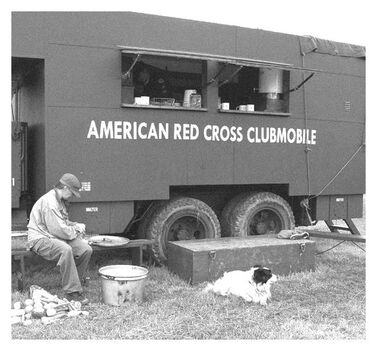 The Red Cross Girls based at Thorpe Abbotts had a good amount of screen time in this week's episode. "Masters of the Air" is adhering very faithfully to the experiences of Eighth Air Force airmen based in East Anglia, and there's much to appreciate about the depiction of the Red Cross Girls. We got a great look at the Clubmobile (which is, as I predicted in my previous blog, the GMC truck model like the one you see pictured here) in two different scenes. Helen is wearing the battledress Clubmobile Girl uniform in the pre-mission scene with Lieutenant Nash and later during post-mission service, and I loved the glimpses of her Red Cross pin worn at the collar of her shirt. I appreciate the implicit nod to how hard the women worked - it is absolutely historically accurate that the women were up at dawn to provide coffee and freshly-made doughnuts to the crews and that they were there again when the men returned. It was a nice touch to show that they were there both to greet the returning crews and offer the coffee and doughnuts as they went in for debriefing (you'll note that some of the men were downing shots of whiskey too) and again outside the debriefing hut with the Clubmobile. 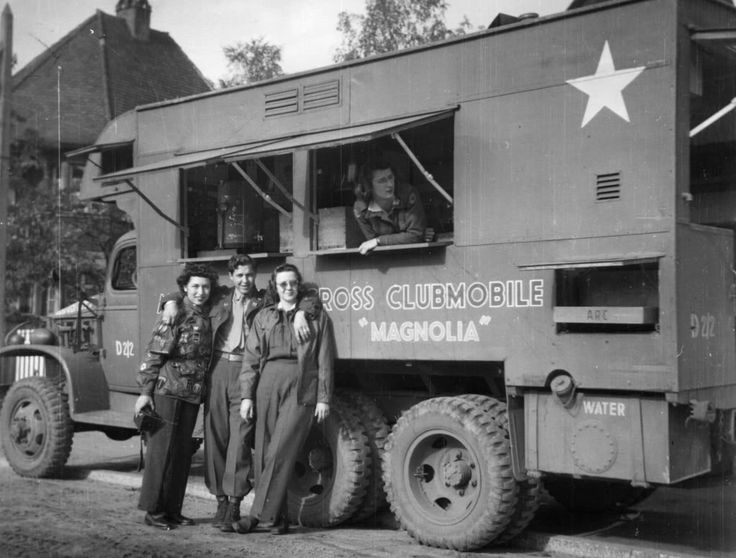 In the “what’s next on MASTERS OF THE AIR,” we got a brief glimpse of a crew of Red Cross Girls serving from a Clubmobile. The Clubmobiles provided entertainment, cheer, and treats to men in the field (and later at the front lines). They were frat house, Elk’s Lodge, corner drugstore soda counter, and Mom’s living room all rolled into one. And the servicemen loved them – they loved the Red Cross Girls, even when the women abandoned the snappy, feminine, formal uniforms with skirts and blazers in favor of the ARC’s official battledress uniform -- more practical woolen trousers with matching jackets and topped with Army field jackets and GI boots. Each week, the soldiers looked forward to the day when the ARC Clubmobile service would roll around to their unit in the field. 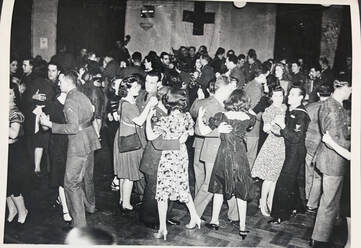 American Red Cross Club, London, Thanksgiving 1942 (National Archives, public domain) American Red Cross Club, London, Thanksgiving 1942 (National Archives, public domain) Though the screen time of the Red Cross Girls was brief in Episode 2, several things about the dance hall scene struck me as worthy of discussion. Red Cross Girls worked grueling hours that often began at dawn and were then expected to plan and/or attend all evening social events on base. At a dance such as the one in Episode 2, the women would have been dancing non-stop and wouldn't have had even a moment to gather among themselves. The dances were also often hosted in the base's Red Cross Club (sometimes called the AeroClub). This dance seems to have been hosted at the officer's club, so the Red Cross Girls would have been invited guests (most of the women you see dancing with the servicemen in this scene would be local village women, along with a mix of Red Cross Girls and base nurses). When Rosie Rosenthal gestures to a group of Red Cross Girls and says he plans to go chat up one of them, Captain Murphy asks him if he's got his eye on General Spaatz's daughter or the other one. General Carl "Tooey" Spaatz did have a daughter who served as a Red Cross Girl in the European Theater, Katherine "Tatty" Spaatz. She served in England and then crossed the Channel with her Clubmobile Crew after D-Day. I would love to include screenshots from the Masters of the Air official trailer of the snippet that included the interaction of a Red Cross Girl character with one of the bomber crewmen (but I'm afraid that is probably not a good idea from a intellectual property perspective!). My next thought was that I would share a photo of a Red Cross girl that is in the public domain that might convey the emotional import conveyed so poignantly in that trailer snippet.
But the vast majority of the public domain Red Cross Girl images were, in essence, publicity photos -- the entire point of those photos was to convey a sense of normalcy, even a note of joie de vivre, for the folks back home. Smiling Red Cross Girls and laughing soldiers, those were the images the government photographers were directed to capture. Given the long hiatus since I blogged (or vlogged), I thought a good starting point to rejuvenate this space would be to revisit how I learned about the Red Cross Girls, who they are, and why I chose to feature them as heroines in my WW2 novels.
I have always been drawn to WWII novels, and shortly after I attended a writing conference, I decided to write a historical romance set during the WWII years. I read Emily Yellin’s excellent book Our Mother’s War: American Women at Home and at the Front During World War II, which describes the many roles that women played beyond the iconic defense plant work of Rosie the Riveter. I discovered that the Red Cross deployed thousands of women overseas (all over the world, not just Europe) and that the work of these women often took them closer to the front lines than even combat nurses. These women were also ahead of their time on so many levels in that they all had a college degree, some career experience, and possessed a mix of intangible attributes such as charisma, resilience, and resourcefulness. Further, the contributions of these daring and courageous women had largely been lost to history, and I knew I wanted to tell their stories. 1. What prompted you to write the Clubmobile Girls series?
I have always been drawn to WWII novels, and shortly after I attended my second RWA annual conference, I decided to write a historical romance set during the WWII years. I read Emily Yellin's excellent book Our Mother's War: American Women at Home and at the Front During World War II, which describes the many roles that women played beyond the iconic defense plant work of Rosie the Riveter. I discovered that the Red Cross deployed thousands of women overseas (all over the world, not just Europe) and that the work of these women often took them closer to the front lines than even the combat nurses. These women were also extraordinary trailblazers in that they all had a college degree, some career experience, and possessed a mix of intangible attributes such as charisma, resilience, and resourcefulness. Further, the contributions of these daring and courageous women had largely been lost to history, and I knew I wanted to tell their stories. |
AuthorI'm the author of historical romances set during WWII. Archives
April 2020
Categories
All
|
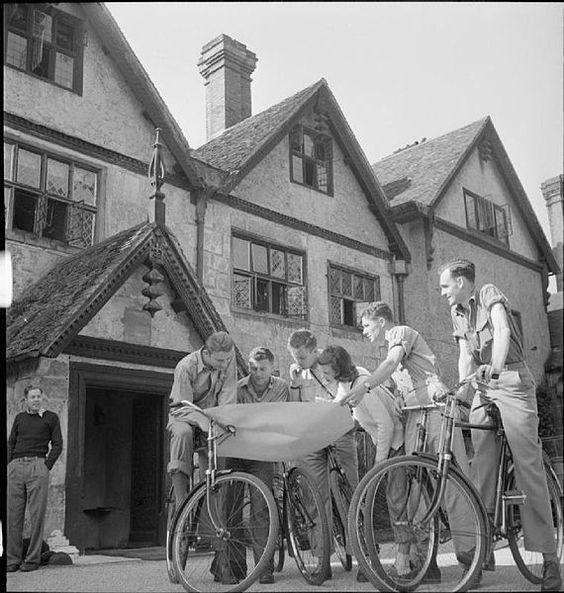
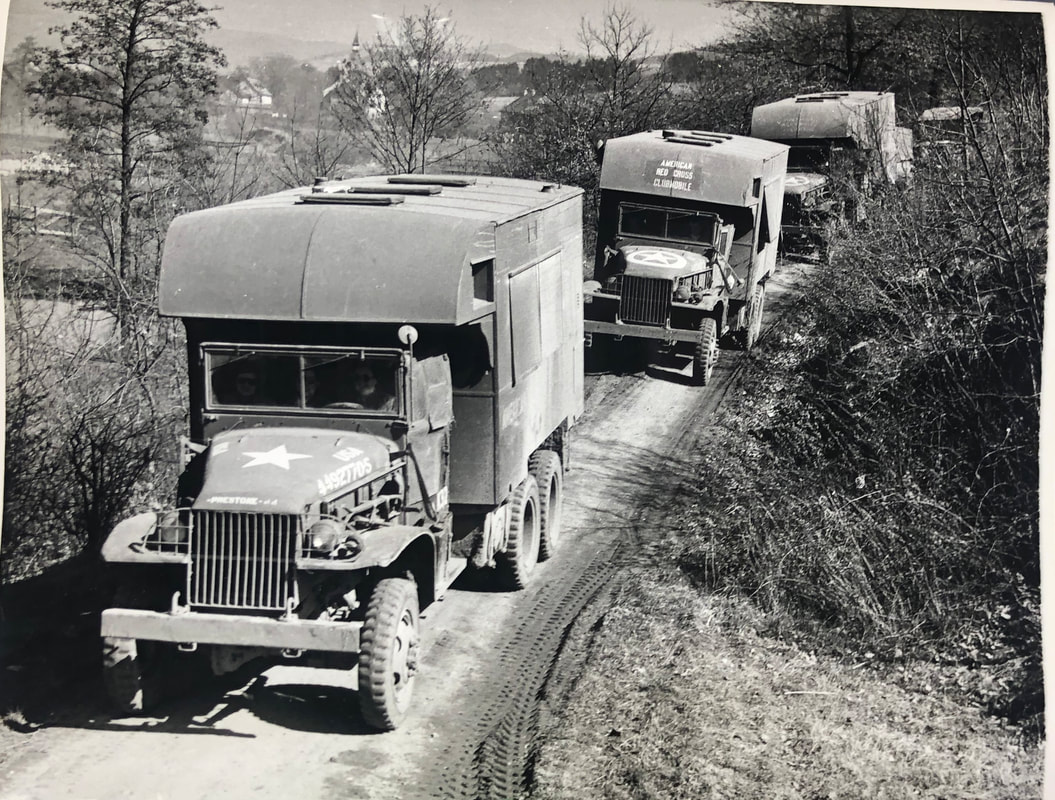
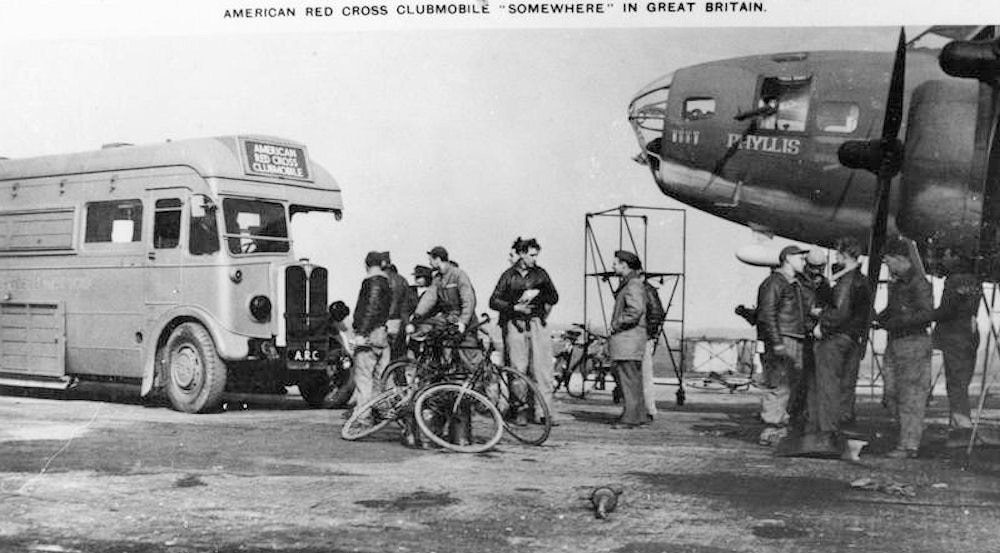
 RSS Feed
RSS Feed